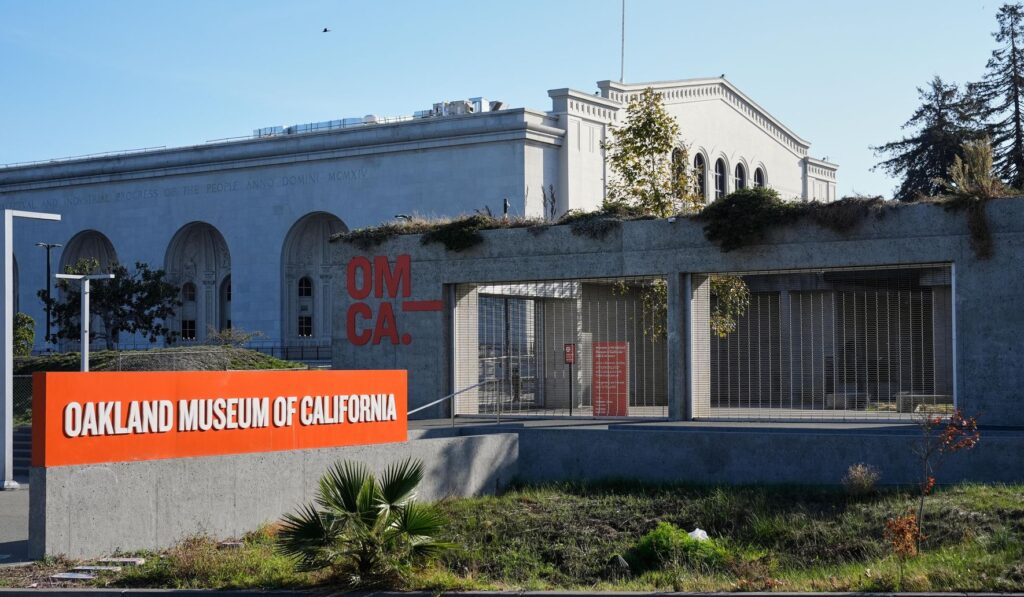Burglars targeted a storage site tied to the Oakland Museum of California this month, making off with a number of historic artifacts and assorted items. The breach has left museum staff scrambling to catalog losses and work with law enforcement while the community questions how priceless pieces could vanish. This article lays out what we know about the theft, the likely impacts on collections and scholarship, and what the incident suggests about museum security for stored holdings.
The incident involved a break-in at the museum’s storage facility, where dozens of objects that aren’t on public display are kept for research and preservation. Officials confirmed that “historic artifacts and other items” were stolen, but details on the specific pieces taken remain limited as inventories are completed. Storage spaces like this often contain irreplaceable material that rarely gets the security attention of exhibition galleries.
Museums separate public galleries from collections storage because the latter houses everything from fragile textiles to documents and three-dimensional artifacts awaiting conservation. Those holdings are essential to scholarship, loans, and future exhibits, so any loss or damage can ripple through years of planning. When items vanish from secured storage, it’s not only a theft of objects but a loss to cultural memory and research opportunities.
Staff are now conducting a painstaking review of accession records and condition reports to determine exactly what is missing or damaged. That process can take weeks, because stored collections are often cataloged in large batches and may include items with incomplete documentation. Even when registrars find gaps, tracing provenance and prior loans can take significant time and resources.
Security measures at storage facilities tend to focus on fire suppression, climate control, and restricted access rather than the visitor-facing protections found in exhibit spaces. That mismatch creates vulnerability: determined thieves can exploit less monitored areas and target objects that are easily trafficked. The theft raises questions about whether greater investment in alarms, surveillance, and inventory technology is needed across the museum sector.
There’s also the complication of the market for stolen cultural property. Some artifacts end up in private collections or are moved through illicit sales channels where recovery is tough. When unique items leave institutional custody, the chain of custody can be broken forever, undermining their scholarly value and legal protections. Recovering such artifacts is often an uphill battle for investigators.
Local law enforcement has been involved and the museum says the matter is under active investigation, with staff cooperating to supply records and access. Insurance and legal teams will also play a role, even though some pieces are effectively priceless and cannot be fully compensated. Meanwhile, curators and conservators are assessing what loss means for future exhibitions and research priorities.
The theft is motivating museums and cultural institutions to reexamine how they balance accessibility, preservation, and security. While public galleries must be engaging and open, storage areas need at least the same level of protection because they hold the raw material of cultural memory. This incident may prompt a broader conversation about funding and operating standards for offsite and onsite collections storage.
Communities often rally around cultural losses, and museum staff say they are working quickly to rebuild catalog records and tighten procedures where needed. That work includes reviewing access logs, upgrading inventory systems when possible, and reassessing physical safeguards. Even with those steps, recovering stolen artifacts and restoring the trust of researchers and the public can be slow and painful.



